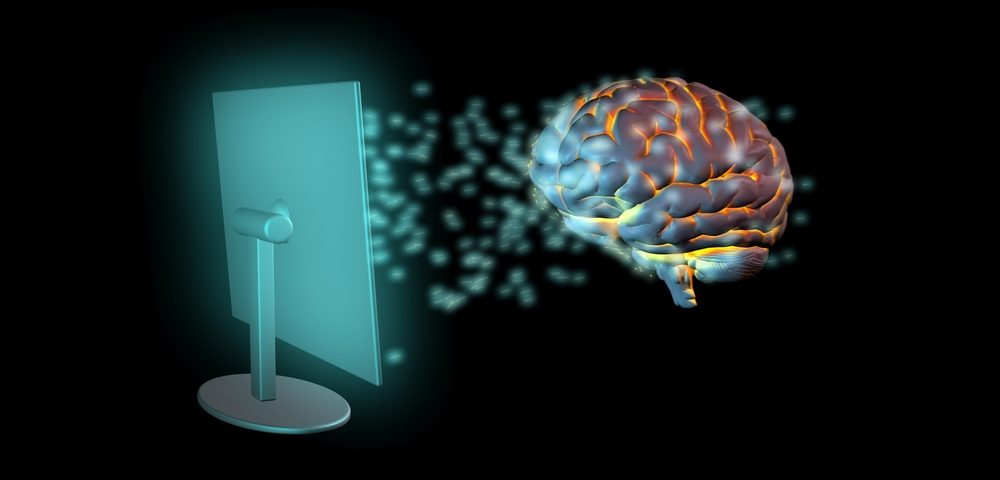Startups want to make Brain-Computer Interfaces Accessible
The quest to meld mind and machine dates back to at least the 1970s, when scientists began, in earnest, to drill into peoples’ skulls and implant the first brain-computer interfaces—electrodes that translate brain cell activity into data. Today, BCIs can regulate tremors from Parkinson’s disease and restore some basic movement in people with paralysis. But they are still surgically implanted, and still quite experimental. Even so, the likes of Musk already envision a future where we’ll all have chips in our brains, and they’ll replace our need for keyboards, mouses, touchscreens, joysticks, steering wheels, and more.
将大脑与机器融合的探索至少可以追溯到20世纪70年代,当时科学家们开始认真钻研人们的头骨,植入第一个将脑细胞活动转化为数据的脑-机接口电极。今天,BCIs可以调节帕金森氏症的震颤,并恢复瘫痪患者的一些基本运动。但它们仍在手术中被植入,而且还是相当实验性的。即便如此,像马斯克这样的人已经预见到了这样一个未来:我们的大脑里都有芯片,它们将取代我们对键盘、鼠标、触摸屏、操纵杆、方向盘等的需求。Of course, that won’t happen anytime soon. The mysteries of the mind remain vast, and implanting hardware in healthy brains—well, forget about that, at least until the FDA deems it safe (light-years away). In the meantime, a wave of companies is betting on bringing Mind Control Lite to the masses with a neural interface that requires no surgery at all.
当然,这不会很快发生。大脑的奥秘仍然是巨大的,在健康的大脑中植入硬件?算了吧,至少等到FDA认为它是安全的还要有相当漫长的一段时间。与此同时,一批公司正押注于将精神控制软件(Mind Control Lite)带到大众面前,这种接口不需要任何手术。
Read more at Wired
翻译:STARSET Mirror翻译组











